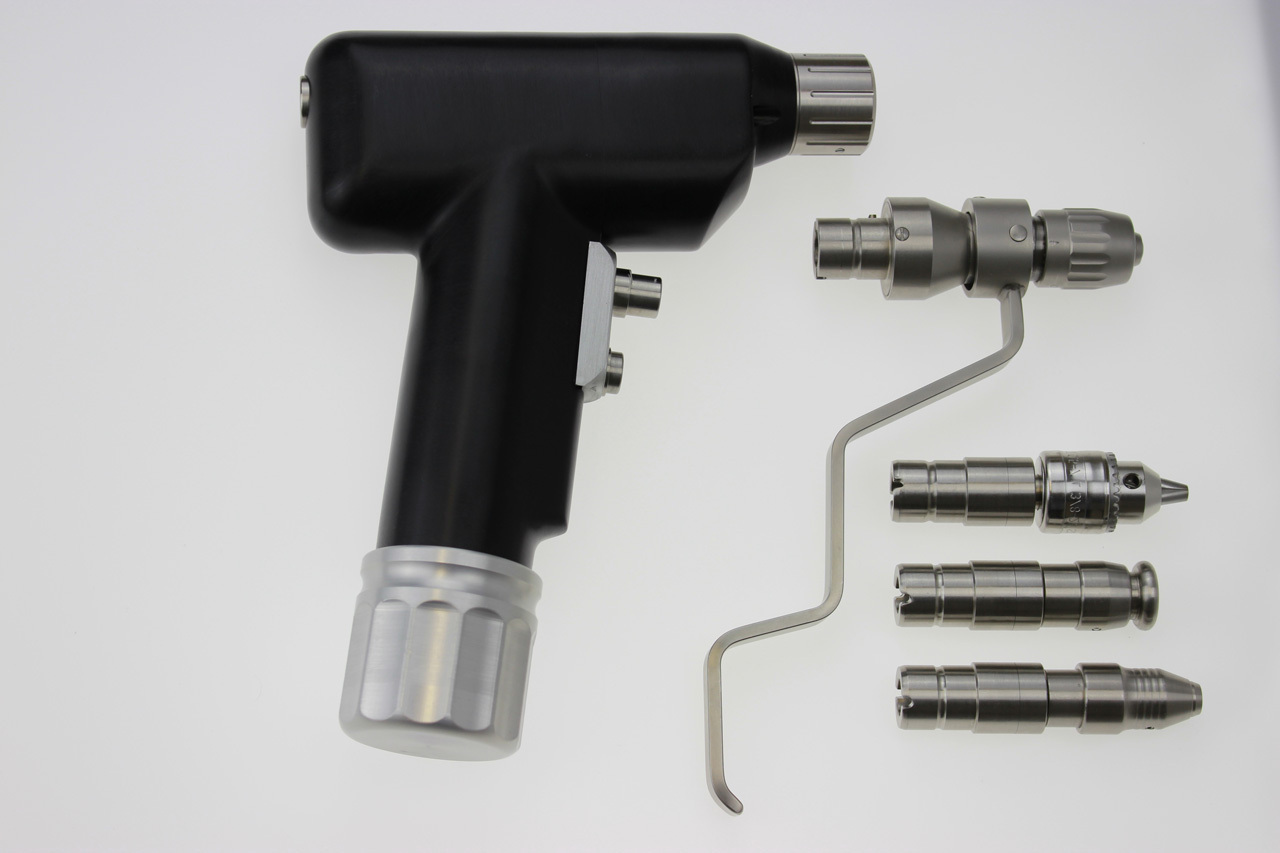
Drills are essential tools in any DIY enthusiast's arsenal, but how much do you really know about them? From ancient hand-cranked versions to today's high-tech, battery-powered models, drills have come a long way. Did you know the first electric drill was invented in 1889? Or that some drills can reach speeds of up to 3,000 RPM? Whether you're a seasoned pro or just starting out, understanding the ins and outs of these versatile tools can make a world of difference in your projects. Let's dig into 28 fascinating facts about drills that will not only surprise you but also help you choose the right one for your needs.
The Evolution of Drills
Drills have been around for centuries, evolving from simple hand tools to sophisticated power devices. Let's explore some fascinating facts about these versatile tools.
-
The earliest drills date back to ancient Egypt around 3000 BC. They used bow drills for woodworking and dentistry.
-
The first electric drill was invented in 1889 by Arthur James Arnot and William Blanch Brain in Melbourne, Australia. It was bulky and primarily used for industrial purposes.
-
In 1917, Black & Decker patented the first portable electric drill with a pistol grip and trigger switch, revolutionizing the tool industry.
-
Cordless drills became popular in the 1960s after the invention of the nickel-cadmium battery, making them more convenient for various tasks.
Types of Drills
Drills come in many shapes and sizes, each designed for specific tasks. Here are some key types:
-
Hand drills, also known as eggbeater drills, are manually operated and ideal for small, precise jobs.
-
Hammer drills combine drilling and hammering action, making them perfect for masonry work.
-
Impact drivers are designed for driving screws and bolts, delivering high torque with minimal effort.
-
Rotary drills are versatile tools used for drilling holes in various materials, from wood to metal.
Uses of Drills
Drills are incredibly versatile and used in numerous applications. Here are some common uses:
-
Drills are essential for woodworking, allowing for precise hole placement and screw driving.
-
In construction, drills are used for tasks like installing drywall, framing, and masonry work.
-
Electricians use drills to create holes for wiring and installing electrical fixtures.
-
Plumbers rely on drills to bore holes for pipes and fittings.
Interesting Drill Facts
Drills have some surprising and lesser-known aspects. Check out these intriguing facts:
-
The world's largest drill, the Tunnel Boring Machine (TBM), can be as long as a football field and is used for creating tunnels.
-
Dental drills can rotate at speeds up to 400,000 RPM, allowing for precise and efficient tooth preparation.
-
The term "drill" comes from the Old English word "drillan," meaning to bore or pierce.
-
Some drills are equipped with laser guides to ensure accurate hole placement.
Safety and Maintenance
Using drills safely and maintaining them properly is crucial for their longevity and performance. Here are some important points:
-
Always wear safety goggles and gloves when operating a drill to protect yourself from debris and sharp edges.
-
Regularly check the drill bit for wear and tear, replacing it when necessary to maintain efficiency.
-
Keep the drill clean and free of dust and debris to prevent overheating and malfunction.
-
Store the drill in a dry, cool place to avoid damage from moisture and extreme temperatures.
Fun Facts About Drills
Drills have made their way into popular culture and everyday life in unexpected ways. Here are some fun facts:
-
In the 1995 movie "Toy Story," the character Buzz Lightyear uses a toy drill to escape from a toy store.
-
The phrase "drill sergeant" comes from the military, where instructors use drills to train soldiers.
-
Some artists use drills to create intricate sculptures and designs in various materials.
-
In the world of sports, "drills" refer to repetitive training exercises to improve skills and performance.
Technological Advancements
Drills have come a long way with technological advancements, making them more efficient and user-friendly. Here are some notable innovations:
-
Brushless motors in modern drills provide more power, longer battery life, and less maintenance compared to traditional brushed motors.
-
Smart drills with Bluetooth connectivity allow users to monitor battery life, adjust settings, and receive maintenance alerts through a smartphone app.
-
Some drills feature LED lights to illuminate the work area, making it easier to work in low-light conditions.
-
Quick-change chucks enable users to switch drill bits rapidly, increasing productivity and reducing downtime.
Drills: More Than Just Tools
Drills aren't just for making holes. These versatile tools have a rich history and a wide range of uses. From ancient hand drills to modern electric ones, they've evolved significantly. Today, they’re essential in construction, woodworking, and even DIY projects.
Knowing the different types of drills, like hammer drills and cordless drills, helps in choosing the right one for the job. Safety is crucial, so always wear protective gear and follow guidelines.
Drills also play a role in medical fields, archaeology, and even space missions. Their impact on various industries is undeniable.
Understanding these facts can make you appreciate the humble drill more. Next time you pick one up, remember its journey and the many ways it makes tasks easier. Happy drilling!
Was this page helpful?
Our commitment to delivering trustworthy and engaging content is at the heart of what we do. Each fact on our site is contributed by real users like you, bringing a wealth of diverse insights and information. To ensure the highest standards of accuracy and reliability, our dedicated editors meticulously review each submission. This process guarantees that the facts we share are not only fascinating but also credible. Trust in our commitment to quality and authenticity as you explore and learn with us.
